17-4 PH stainless steel is a martensitic precipitation hardening alloy. Its corrosion resistance, durability and strength make it important in demanding industries like oil and gas, medical and aerospace applications. This alloy keeps its structural integrity and performs well in aggressive environments.
Chemical Composition
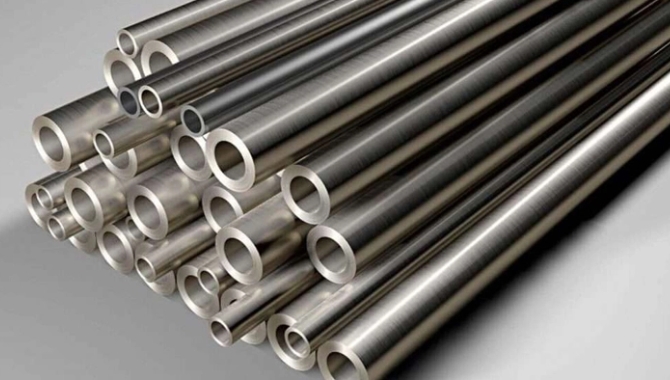
The properties of 17-4 PH stainless steel are due to its balanced composition. Nickel, copper and chromium are the base of this alloy and the other elements that improve its corrosion resistance and mechanical properties. These minor elements have big role in the overall performance of the material.
Here is precise elemental composition that gives this alloy its outstanding properties.
| Element | Composition (%) |
|---|---|
| Chromium (Cr) | 15.00 – 17.50 |
| Nickel (Ni) | 3.00 – 5.00 |
| Nitrogen (N) | 0.10 max |
| Manganese (Mn) | 1.00 max |
| Silicon (Si) | 1.00 max |
| Columbium (Cb) | 0.15 – 0.45 |
| Phosphorus (P) | 0.04 max |
| Sulfur (S) | 0.03 max |
| Carbon (C) | 0.07 max |
| Copper (Cu) | 3.00 – 3.50 |
Key Mechanical Properties
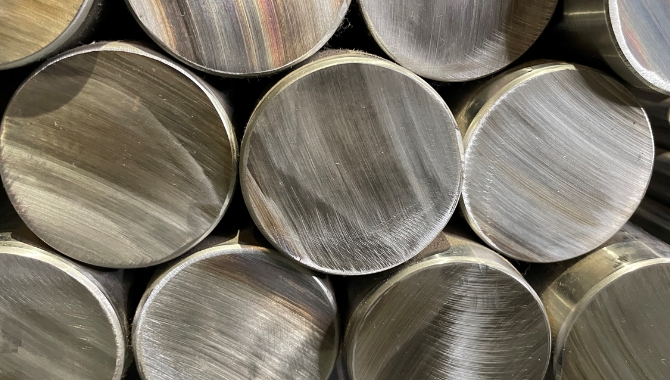
It is important to know the mechanical properties of 17-4 PH stainless steel particularly when it is used in tough environments. Let’s take a closer look at these properties, one at a time.
Tensile and Yield Strength: 17-4 PH stainless steel alloy has a yield strength (1000 MPa) and tensile strength of 1103 MPa due to precipitation hardening and its martensitic structure.
Fatigue Resistance: 17-4 PH stainless steel provides better fatigue resistance because of its fine microstructure which decreases stress concentrations. It can also tolerate heavy load cycles without failure or deformation.
Hardness and Toughness: After heat treatment, it can achieve high hardness level up to 44 Rockwell C. Moreover, its high toughness reduces the risk of cracking under instant loads due to combination of martensite and retained austenite.
Corrosion Resistance
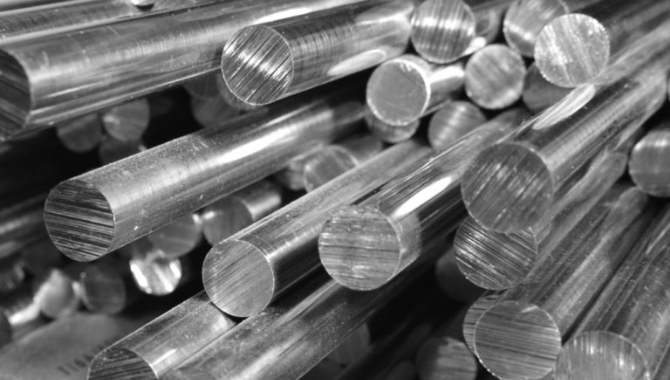
17-4 PH stainless steel exhibits excellent corrosion resistance, comparable to that of 304-grade stainless steel. It can tolerate corrosive environments in industries such as aerospace food processing and chemical. The alloy’s high chromium content enhances its durability, making it appropriate for applications where resistance to stress corrosion cracking is important.
Thermal Properties and Performance at High Temperatures
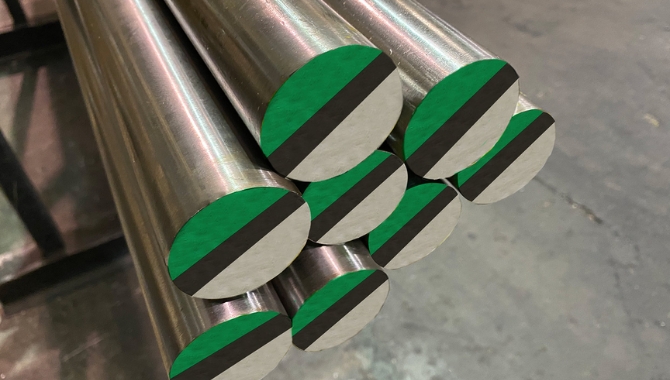
The thermal properties of 17-4 PH stainless steel substantially influence its performance in high-temperature uses.
- Thermal Stability: Solid solution strengthening and precipitation hardening gives 17-4 PH stainless steel impressive thermal stability. This allows it to hold its strength and hardness up to 600°F as it is great for high performance valves and aerospace parts subjected to thermal stress.
- Thermal Expansion and Conductivity: 17-4 PH stainless steel has low thermal expansion with a coefficient of approximately 6.0 µin/in/°F. This characteristic minimizes change in dimensions with temperature changes and makes sure of stability in high pressure operations. With a thermal conductivity of 124 BTU/hr-ft²-°F, it dissipates heat proficiently in oil processing environments.
Fabrication and Heat Treatment
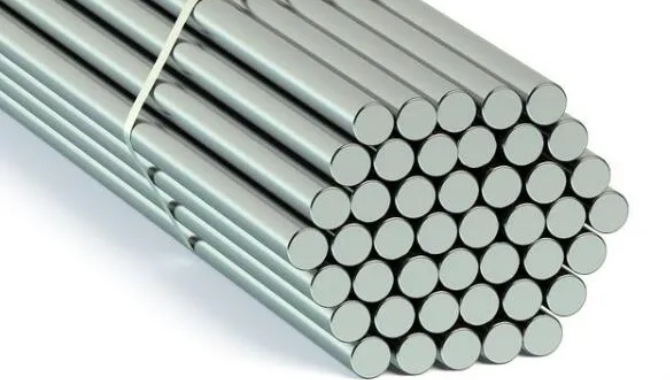
Successful fabrication and heat treatment of 17-4 PH stainless steel are vital for maximizing its performance.
Shaping the steel through forging and machining is known as fabrication. Whereas heat treatment is controlled heating and cooling to enhance the material’s hardness and strength.
I. Forging
Forging process of 17-4 PH stainless steel starts with heating the material to around 1900°F (1038°C). Then mechanical force such as hammering or pressing is used to shape the heated steel and align the grain structure. This process improves the material’s integrity and sets the stage for subsequent heat treatments that will further improve the properties.
II. Machining
Machining 17-4 PH stainless steel needs careful consideration due to its hardness. In the annealed condition, it can be easily machined with carbide or high speed steel tools. Though, after heat treatment machining becomes harder. To get precise dimensions and surface finishes, you’ll need to use particular techniques like CNC turning, Electrical Discharge Machining (EDM) and CNC milling.
III. Welding
For welding 17-4 PH stainless steel, Gas Tungsten Arc Welding (GTAW) or Gas Metal Arc Welding (GMAW) is the preferred method. Before welding, preheat the material to around 300°F (149°C) and perform post-weld heat treatment to restore its mechanical properties. This helps minimize distortion and residual stresses in the welded joint.
IV. Precipitation Hardening Process:
The precipitation hardening of 17-4 PH stainless steel is done in three stages:
- Solution Treatment: First the alloy is heated to around 1050 °C for 30 minutes. This dissolves the precipitates and homogenizes the microstructure.
- Quenching: Next, the material is quenched rapidly in oil or water to preserve the austenitic structure and avoid unwanted phase transformations.
- Aging: The final stage is aging the steel at temperatures between 480°C and 760°C for 2 to 4 hours. During this stage, fine precipitates form in the material and increase both its hardness and strength.
Forms of 17-4 PH Stainless Steel
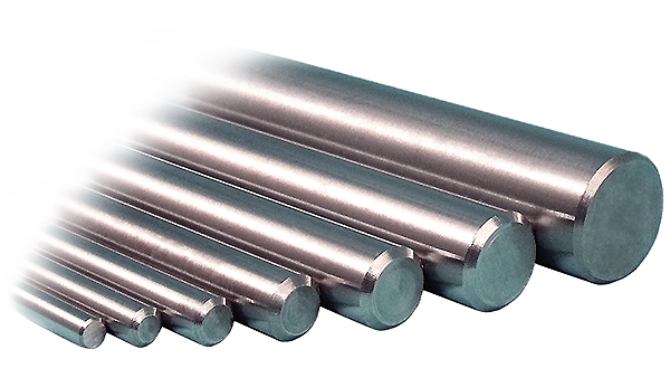
17-4 PH stainless steel is available in many forms to fit your industry needs. The most common forms are bars, sheets and pipes. Each with their own advantages for particular applications.
- 17-4 PH Stainless Steel Bar: These bars are available in different diameters mostly ranging from 0.250” to 5.000”. They provide high strength and machinability. This makes them good for applications that need those qualities.
- 17-4 PH Stainless Steel Sheet: From 0.029″ to 0.130″ thick, these sheets have excellent mechanical properties and corrosion resistance. You will find them suitable for chemical processing, food and aerospace industries.
- 17-4 PH Stainless Steel Pipe: These pipes have ability to maintain structural integrity up to 800°F. It makes them perfect for oil and gas applications where durability is needed under high temperature and pressure. They are also available in 0.250″ to 12.000″ diameter and 0.035″ to 0.500″ wall thickness.
What is the 17-4 PH Stainless Steel Price?
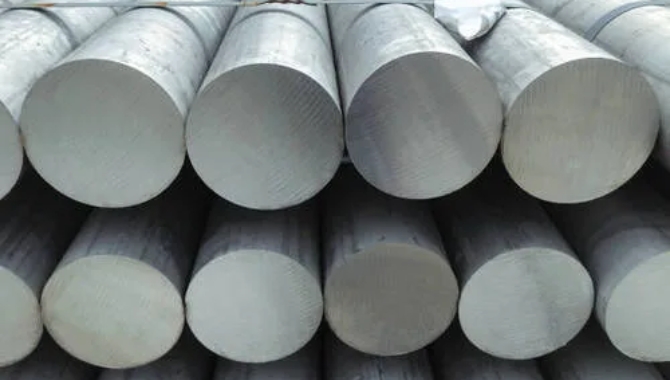
17-4 PH stainless steel price varies according to the market condition and form. For bars and sheets, the price is between $2.56 and $7.58 per kg. On the other hand, bulk orders might be less costly for you as there prices range from $2,750 to $4,700 per ton. Factors like diameter, supplier and thickness can also impact the final cost.
Industrial Applications
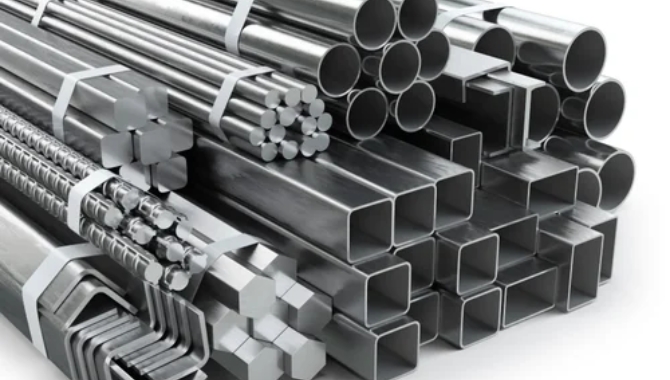
The distinct characteristics and adaptability of 17-4 PH stainless steel allow it to meet the stringent demands of multiple applications successfully. Some common uses in industries are.
- Aerospace Industry: For airframes, engine parts and wing components in aerospace, 17-4 PH stainless steel is used largely for its structural integrity and corrosion resistance.
- Gas and Oil Industry: It is used in pumps, valves and piping systems. Its high strength facilitates deep sea operations, and its resistance to hydrogen sulfide improves safety in aggressive environments.
- Medical Industry: 17-4 PH stainless steel is used in instrument trays, scalpels and forceps due to its outstanding durability and high strength.
Conclusion
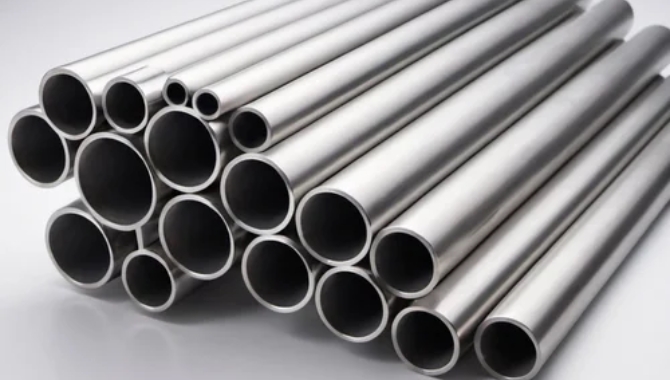
17-4 PH stainless steel is a versatile alloy with corrosion resistance, high strength and durability. So it is used in different applications across many industries.
For expert sheet metal fabrication services for 17-4 PH stainless steel, consider KDM fabrication. Contact us today to discuss your particular project needs!
FAQs
What makes 17-4 PH stainless steel ideal for high-strength applications?
It is preferred for robust applications in aerospace and oil and gas fields due to its high yield, tensile strength, fatigue resistance and hardness.
How does the heat treatment process enhance the strength of 17-4 PH stainless steel?
Heat treatment changes the microstructure of 17-4 PH stainless steel, while precipitation hardening increases hardness and strength for high performance applications.
What is the difference between 17-4 PH stainless steel and 316 stainless steel?
17-4 PH is a precipitation hardening alloy with higher strength. Whereas 316 has better corrosion resistance but does not have hardness like 17-4 PH stainless steel.
Density of 17-4 PH stainless steel?
17-4 PH stainless steel density is 0.282 lb/in³ (7.85 g/cm³) which makes it lightweight for its strength.
How to drill on 17-4 PH stainless steel?
You can use high-speed or carbide steel drill bits with proper lubrication to avoid overheating and make sure of clean cuts when drilling into 17-4 PH stainless steel.
Is 17-4 PH stainless steel magnetic?
Yes, it is magnetic during annealed conditions because of its martensitic structure.
What is the difference between 17-4 PH stainless steel and 304 stainless steel?
Both 17-4 PH and 304 stainless steel are corrosion resistant but 17-4 PH is stronger and harder due to precipitation hardening process than more ductile 304.
Is 17-4 PH stainless steel good for 3D printing?
Yes, it is good for additive manufacturing processes and allows for complex geometries while keeping desirable mechanical characteristics after post-processing heat treatments.




